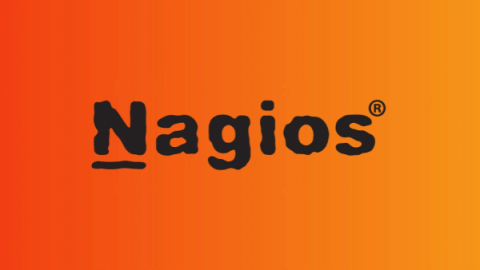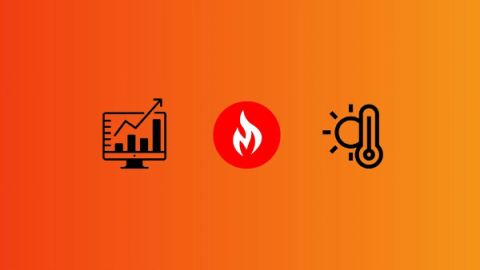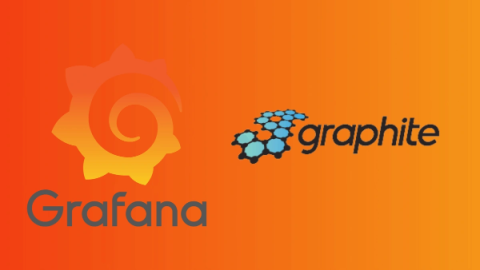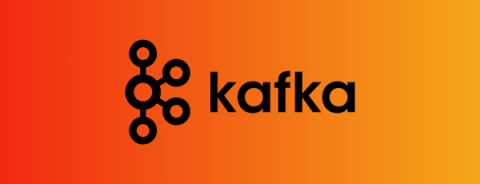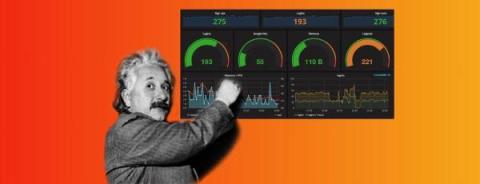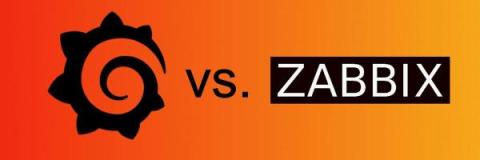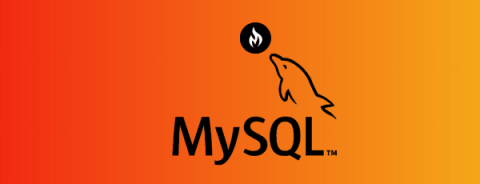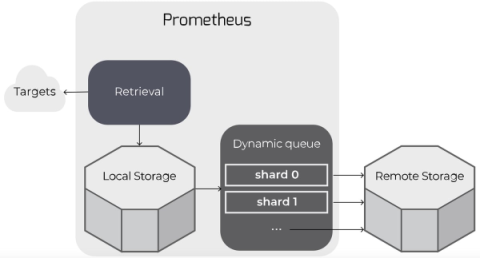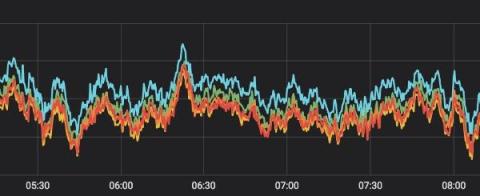Common Nagios Errors and What to Do about Them
Nagios is an open-source monitoring system that has become indispensable for system administrators and DevOps teams across the world. However, like any other software, you’re bound to come across errors with Nagios. In this article, we’re going to take a look at some common errors and how to solve them, along with the pros and cons of Nagios, and why MetricFire is the perfect alternative for monitoring.


